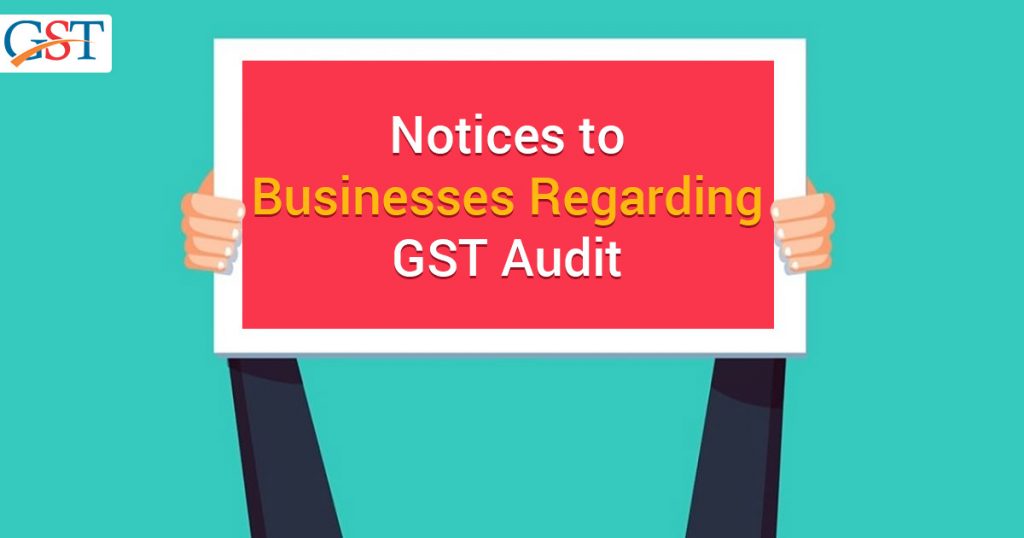
Payroll is the most required management software by the corporate offices and large business houses for the overall maintenance of employees and their designated profiles. The payroll software also helps in generating salaries and arrears for the employees along with the attendance and other statutory compliance required by the government for the companies. Here we will go through all the general and frequently asked questions on payroll software and understand the basic issues under the payroll management.
Q.1 – What is the meaning of payroll software?
Payroll is a part of Human Resource Management system which refers to the list of total employees and total wages paid to them. It also includes the calculation of salary after the addition of bonuses & incentives and subtraction of various deductions such as TDS & various other taxes, etc. These days many Payroll softwares have emerged out that automates the work of HR manager, Gen Payroll software for employees management is one of the leading software that comes with exquisite features.
Q.2 – Who are payroll services providers?
Payroll Services Providers are companies which caters payroll services or to whom payroll responsibilities of an organisation can be outsourced. These are outsiders specialized in payroll service and manages payroll of another company.
Q.3 – Is there any payroll software which is available for free trial?
Trial version of Gen Payroll is available for free download. However, it’s all exclusive benefits can be enjoyed after paying a nominal fee. Gen payroll is available in online as well as offline version of PC & desktop. The demo version remains active for 10 hours time frame.
Q.4 – What are the benefits of payroll?
Payroll auto reads the attendance of employees followed by the auto-calculation of their salaries. It also keeps annual reports and payslips stored in readily accessible yet confidential manner.
Q.5 – Why payroll softwares are gaining popularity these days?
Big or small, employees are one of the best resources of any organisation who craftly use other resources to yield maximum benefits and so is the management of Human resources holds utter importance. Human resource management includes upkeeping of employees’ databases, providing them proper incentives, maintaining their leave records and so on. Manual execution of these tasks is quite arduous and prone to the risk of inaccuracy and mismanagement. However, the invention of HR management or HR payroll software for the management of employees has solved the issue as it effectively & efficiently manages the Human Resources.
Q.6 – Which features determines an ideal and innovative payroll software?
An innovative and ideal payroll software should have the following features:
- Daily attendance records
- Few clicks salary calculation
- Statutory compliances
- Update leave records
- Online and offline versions
- Easy calculation of TDS & reimbursements
Q.7 – How do payroll calculates gross salary of an employee?
Payroll calculates gross salary of an employee by multiplying the total number of hours worked in a pay period with the hourly wage rate.
Q.8 – How can we find the best payroll for our company?
The best payroll for a company can be determined by properly weighing its pros & cons and taking a demo. Smart way to choose the most appropriate software is to download the free trial of some leading payroll software and see which one greece the wheels for you.
Q.9 – Why a company should use payroll software?
Success of an organisation depends on its employees. Improper management of employees, their database and salaries lead to stress and demotivation for them which further results in inefficiency. This not only hamper the growth of an organisation but also divert Human Resource Managers and other supervisors from focusing on their core business activity. Whereas, a duly chosen Payroll software automates the work of HR managers and let their skills be invested in other activities such as formation of new employees policies, handling their queries & grievances, conducting activities for employees, etc which acts as motivational tools for employees.
Q.10 – Which is the easiest software to use?
Gen Payroll is the easiest payroll software which is highly recommendable for small businesses as it includes complete HR & Payroll management along with tax support. Gen Payroll, invented by SAG Infotech, is also one of the customer-friendly and low cost payroll software. SAG Infotech provides all day long customer care services to its customers which further ease the tasks for you.
Q.11 – What are payroll entries?
Payroll journal entries refers to the record of compensation given to employees. These journal entries are then recorded into the financial statements of the entity via general ledger.
Q.12 – Which are the top rated software of 2019?
Gen Payroll is the top rated software of 2020. Gen Payroll is widely used and appreciated Payroll software. More than 1000 clients from India calls it a best software that is compliant with statutory norms.
Finally, we have come through all the frequently asked questions based on payroll software for management companies and big organizations. The Gen payroll is one such solution for all the management companies to tackle all their payroll related issues and to further manage the complete process of employees via the sophisticated payroll management software as offered by the Gen Payroll.




